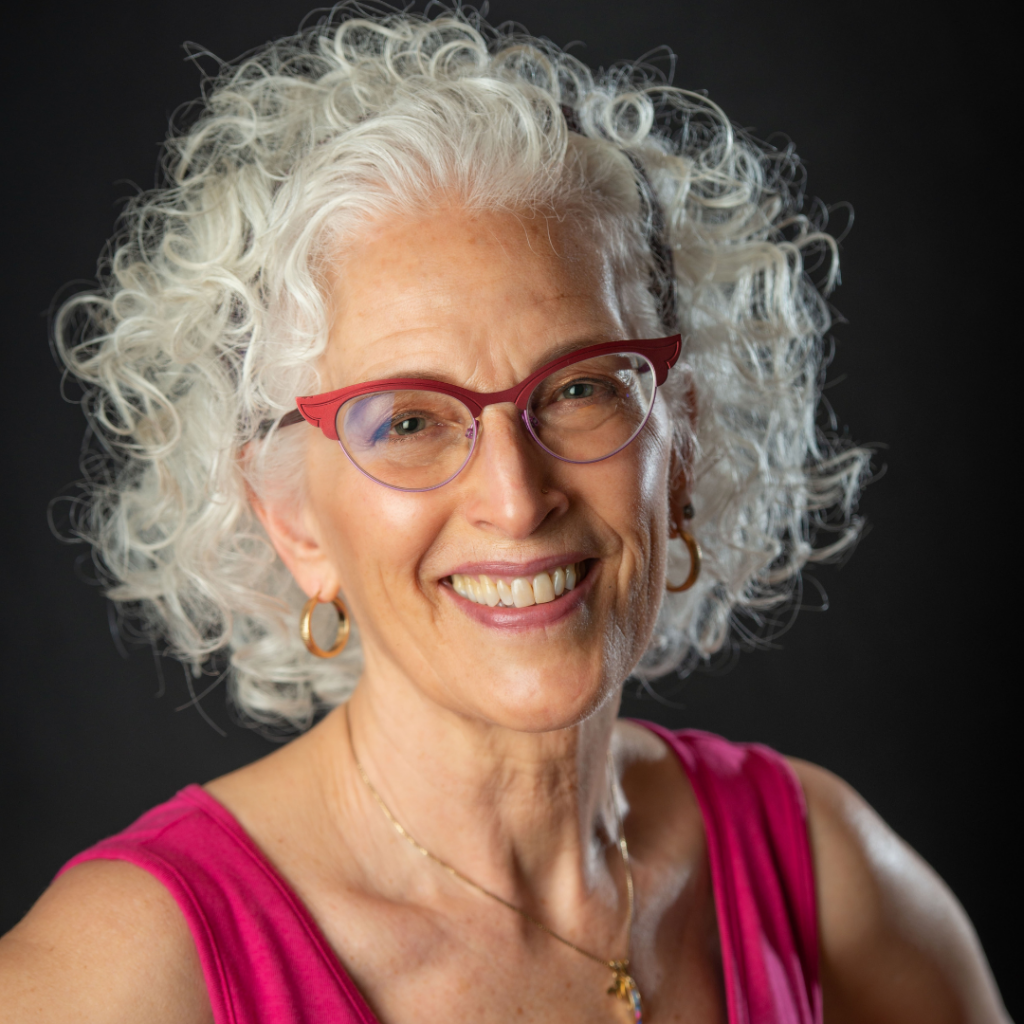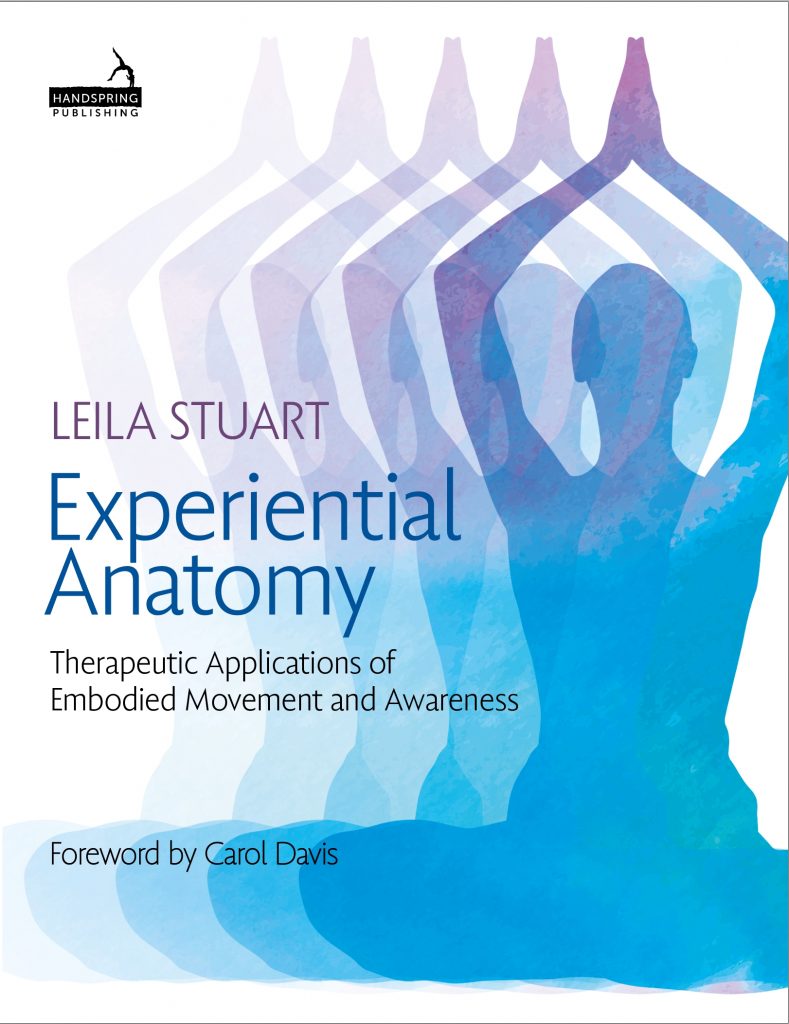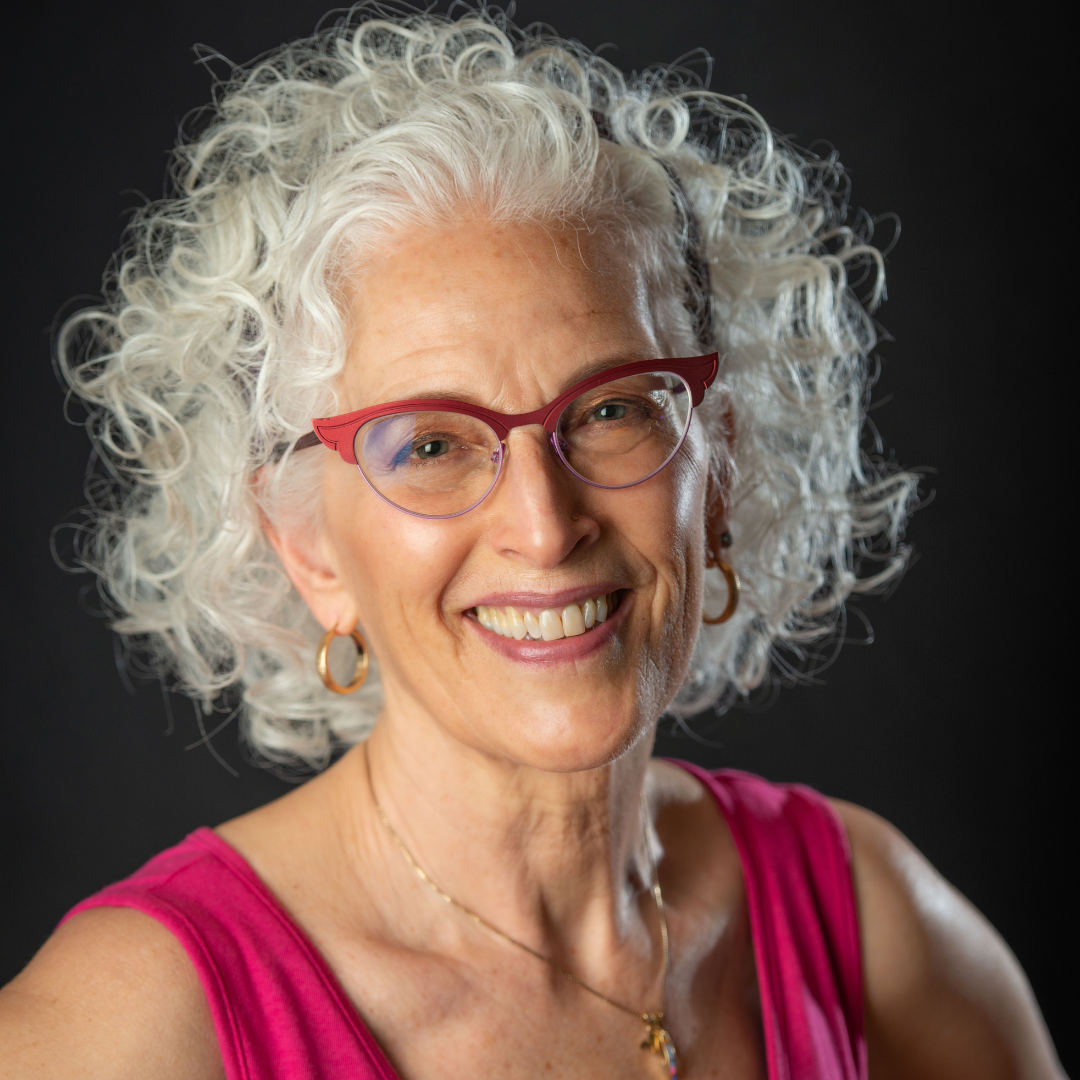
by Leila Stuart

In German, there are two words for body (Van der Wal[1]). “Korper” describes the anatomical body studied in labs, while “leibe” is reserved for the “lived” body—the one that breathes, moves, thinks, and feels. Experiential anatomy, or embodied anatomy, addresses the lived body that participates in and is shaped by your experienced reality. This approach goes beyond description or dissection of parts to focus on the wholeness of the lived self. When you cultivate felt sense of anatomical structures, your body becomes the doorway into deeper aspects of yourself.
Experiential anatomy is a rich, embodied learning method that combines interoceptive awareness, somatic inquiry, and movement to foster whole person healing and integration. By mindfully exploring the “laboratory” of your own body, you become curious about how your physical body, energy body, emotions, personal conditioning, and spiritual awareness are inextricably linked. This exploration reveals habits of breath, alignment, movement, and mind that can be addressed through therapeutic practices.
For example, when you learn about and embody the atlantooccipital joint, you may experience greater ease and less pain as cervical movement is refined, but on a spiritual level you may find a physical home for Witness consciousness. Your perceptions and actions shift as you practice centering awareness in this location.
Experiential anatomy views anatomical structures and systems as possessing awareness, intelligence, and the capacity to initiate movement. Cultivating felt sense through interoceptive awareness awakens the intelligence of each part, improves cellular communication, refines sensorimotor maps, and allows all parts to function in a harmonious “family of the body.” Over time, these practices stimulate neuroplastic and bioplastic changes that foster transformative whole-person healing.
The Three-Step Process
1. Learn It: This emphasizes intellectual understanding through spoken word, anatomy books, videos, and skeleton models. The focus is understanding location, size, shape, weight, qualities, structure, function, movement possibilities, AND relationships with other body parts. This cognitive foundation is essential for respecting limitations and capitalizing on possibilities.
2. Feel It: Intellectual understanding becomes embodied as you develop interoceptive awareness of your own anatomy. Through stillness, movement, somatic inquiry, imagery, various tools, micro movements, or touch, you establish a friendly relationship with your body and discover how each part moves in relationship to the whole. This sidesteps habitual thought patterns to enter present moment awareness, where the inherent intelligence of anatomical structures may emerge and be experienced.
3. Integrate It: The final step applies new learning to movement practices and everyday activities so the nervous system learns more functional, safe and connected ways of organizing movement. By deliberately focusing attention on individual structures while remaining aware of the whole, you make informed decisions about which ways of moving are healing and functional.
Experiential anatomy begins with two-dimensional understanding of anatomical structures, then evolves into a deeply personal and transformative healing experience. These practices enable discernment of the “sensory signatures” of habitual patterns and promote healing from the inside out.
This non-intellectual, somatic experience calms the thinking mind and moves you into the feeling body. By cultivating interoceptive awareness, your sense of self deepens and your capacity for self-regulation and resilience enhances. As you become more embodied and discover safe, healing movements, therapeutic outcomes improve. You become an active participant in your own healing process, learning to trust yourself, the wisdom of your body, and your capacity to heal.
[1] Van der Wal, J. (2020, May 27) Personal communication with Carol M. Davis
A fuller version of this article is provided in the Members’ Area, as is a 20% discount on all Handspring and Singing Dragon books. Click here to find out more about our membership.
Joining The Hub
There are many benefits to joining The Fascia Hub community. We will be continually revising and updating how we can better support our members. Of course, if you have any ideas or thoughts as to what you would like to see, then we would love to hear from you. Our membership proposition is continually evolving and changing to ensure that we bring you the best from the world of fascia. If there is something you would like to learn more about, please do drop us a line and let us know.

